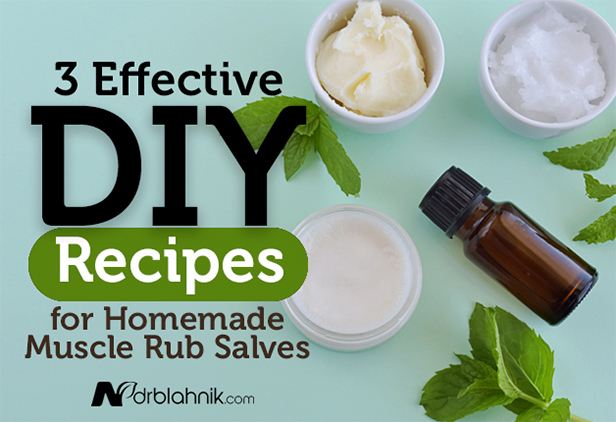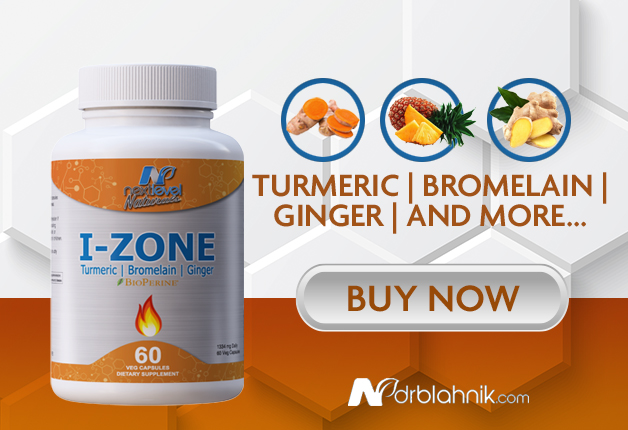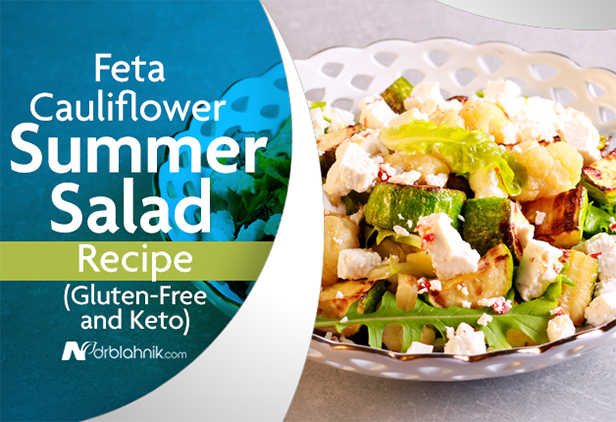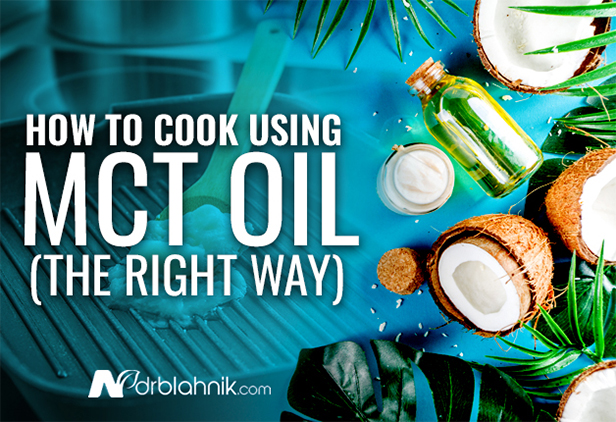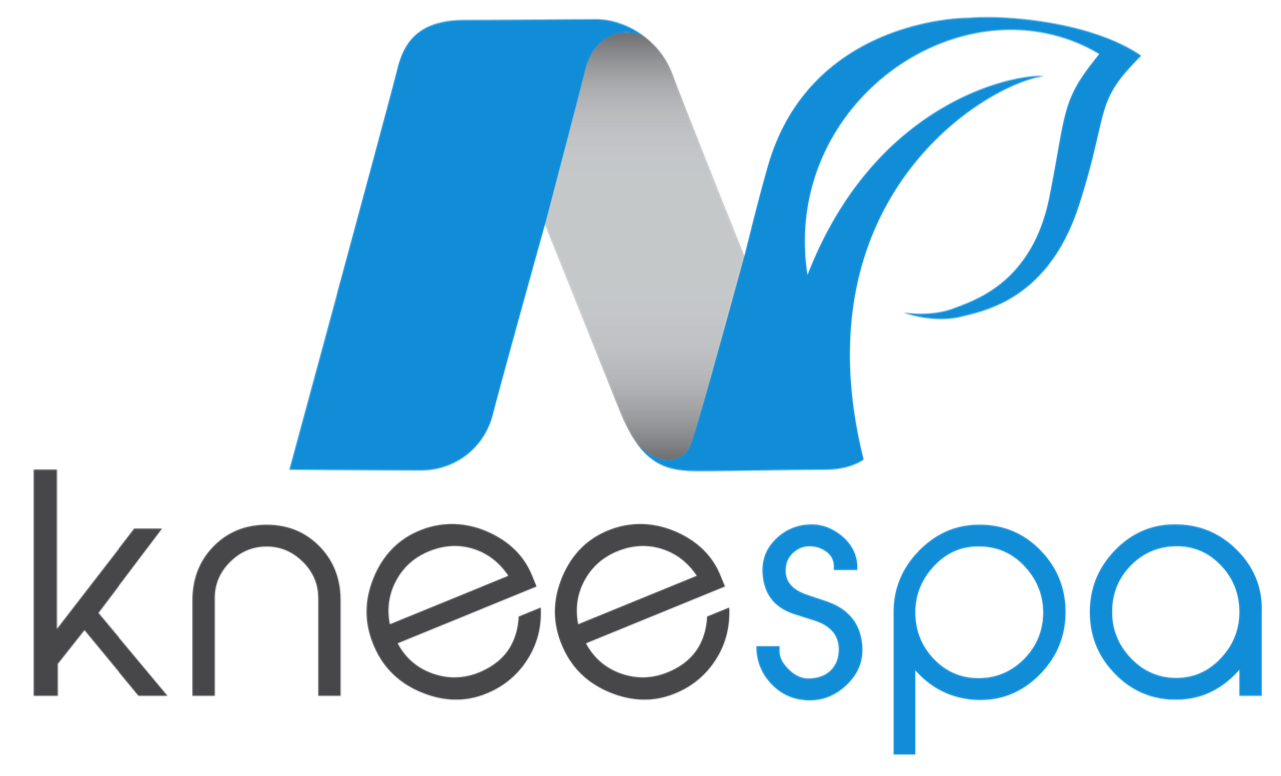If you are feeling a strain in your muscles, be it from regular exercise or just strain from poor sleeping positions, you might be eager to find a way to alleviate that ache. Sore muscles are easily one of the most common and irritating pains we deal with in everyday life. Sometimes, that pain becomes so intense it makes moving a complete chore to the point where we cease to function effectively. It is times like these where pain relief becomes a vital necessity to get back into shape to complete whatever tasks lie ahead of us. Of course, this begs the question of what kinds of treatments we can pursue to alleviate the pain at all.
Table of Contents
What Causes Soreness?
Muscle soreness is not an issue that can be easily traced to any one source due to the sheer number of ways you can strain your muscles. Your body can only withstand a certain level of strain, regardless of the shape you are in. While the tolerance you have against this strain improves the more in shape you are, you still have a limit to how much you can handle before your body starts to buckle and require time to recuperate. In fact, pushing those limits is a huge part of working out and getting your body to a point where you can handle more strain.
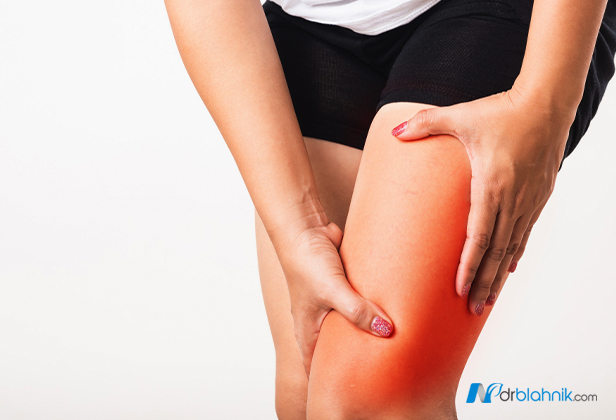
The most common cause of muscle soreness is acute muscle soreness (AMS). AMS has several causes that vary from person to person, the more obvious of which is a strain from exercise. The most common cause is from strain being put on the sarcomere, a striated mass of muscle. The sarcomere builds up calcium and lactic acid when activated, which causes degradation as it accumulates.
Consequentially, this degradation triggers the body’s inflammatory response, which causes the soreness and pain associated with AMS. Workouts that strain the sarcomere in this fashion cause AMS, but the pain tends to fade shortly after concluding your workout. The strain is not the only theorized cause of AMS, however. There is reason to believe that dehydration or electrolyte imbalances can also cause AMS.
The strain of working out can also lead to a less common cause of muscle pain. Delayed onset muscle soreness (DOMS) is a form of muscle pain that does not strike as soon as you might expect. DOMS actually does not start causing pain or soreness until one or two days after your workout. Typically, symptoms of DOMS occur between 12 to 24 hours after the workout and peaks three days after the workout. You can generally determine whether your pain is a result of DOMS by verifying the following symptoms:
- Tender muscles
- Reduced range of motion
- Swelling
- Muscle fatigue
- Short-term loss of strength
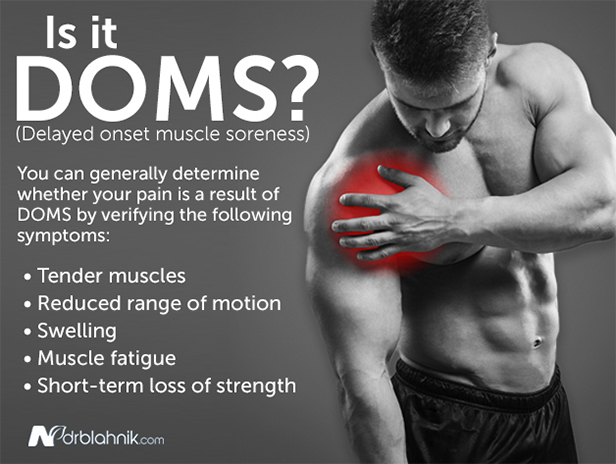
These symptoms are extremely common in DOMS and can serve as an excellent way of determining if you are suffering from the condition. DOMS is most caused by high-intensity exercise, which causes small muscular tears. Like AMS, this triggers your body’s inflammatory response and induces soreness. While most intensive forms of exercise will cause DOMS, the type of exercise with the highest risk is an eccentric exercise which causes your muscle to tense as you lengthen it.
Exercise, in general, is most likely to induce muscle soreness due to the repetitive strain on your muscles. However, any kind of strain will cause you to suffer through a soreness of some kind. Even sleeping in the wrong position will cause your muscles to tighten and leave you feeling sore in the morning. Drinking plenty of water, sleeping in a comfortable and appropriate position, and exercising responsibly can help circumvent soreness in the long run. If you are already suffering from pain, chronic or otherwise, there may yet be ways to mitigate and alleviate your symptoms.
Alleviation
If you are suffering from muscle soreness, be it from DOMS or a chronic condition, you might be interested to learn that there are products you can use to help deal with your pain. There are countless ways to tend to your body and help you cope with the pain you suffer. The mainstream method of pain management is by using over-the-counter aspirin and anti-inflammatory drugs like Advil. If you prefer anti-inflammatory treatments you can make and enjoy from the comfort of your home, there are options for that as well.
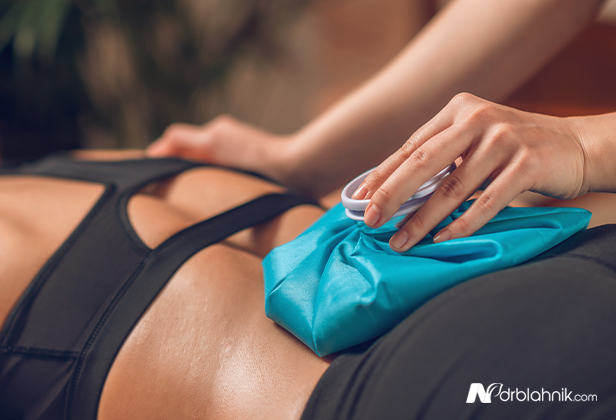
There are other forms of treatment aside from anti-inflammatory medication, such as icing the pain or getting a massage for the affected area. However, if these options are too costly or simply not how you want to treat your symptoms, there exists an alternative. Sore muscle salves are a well-known remedy for chronic or intense pain and help to relax your muscles to reduce inflammation and your pain levels substantially. While purchasing these salves is always an option, you can also make your own from resources available in your home.
Recipe #1
Our first salve recipe comes from ScratchMommy, a website dedicated to sharing do-it-yourself recipes for use in everyday health and life needs. The recipe found on this website might seem overwhelming but is quite simple in the long run.
- ⅔ cup coconut oil
- ½ cup olive oil
- ½ cup fresh ginger root
- ¼ cup dried comfrey leaves
- ½ cup cocoa or shea butter
- ½ cup beeswax
- 40x drops cypress oil
- 40x drops rosemary oil
- 40x drops lavender oil
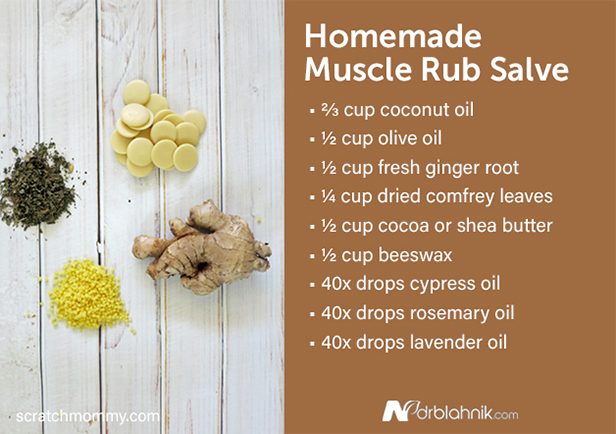
This recipe takes advantage of a combination of several natural products to create an amalgamation of health-boosting qualities that benefit this salve. This recipe takes advantage of the naturally soothing effects of ginger, which is known for relieving joint pain and serving as a natural anti-inflammatory. The recipe’s use of comfrey leaves is due to the plant being known for its use in tending to muscles that have been pulled, fractures, and osteoarthritis. The rest of the ingredients are essential oils, a product that has seen a great surge in popularity in modern days because of their natural curative abilities.
Each essential oil in this recipe has its own curative property that contributes to the efficacy of the salve overall. The lavender oil is an anti-inflammatory and analgesic, helping to mitigate the pain and reduce the swelling of the muscles. Cypress oil is an antispasmodic that helps alleviate cramping and tension. Rosemary oil, like lavender oil, is an analgesic and therefore helps reduce pain.
To make the salve, put the oil, comfrey, and ginger into a double boiler and warm them for at least an hour. This infuses the oil with the comfrey and ginger essence. Strain the oil, then melt in the cocoa butter and beeswax. Once that is fully melted, mix in the essential oils and allow the mixture to solidify.
Recipe #2
Our second recipe comes from Wholefully, another natural remedy health website. Unlike the previous recipe, this salve is a hot and cold rub, meaning it combines the two temperature types to help soothe the pain of your muscles. The recipe for this salve is:
- ¼ cup sweet almond oil or olive oil
- 2 teaspoons cayenne flakes
- 1 tablespoon beeswax pellets
- 10x drops peppermint essential oil
- 10x drops lavender essential oil
- 10x drops eucalyptus essential oil
- 5x drops cinnamon essential oil
- 5x drops clove essential oil
- 1x screw-top metal tin or small jar
The instructions for making this salve require you to:
- Heat the oil in a double boiler over low heat. Add the cayenne flakes while continuing to heat for 30 minutes.
- Drain the oil through a fine-mesh sieve, discard the cayenne flakes, and return the oil to the boiler.
- Add the beeswax pellet and heat until they melt and stir occasionally. Remove the mixture from the heat, add in the oils, and then transfer it all into the tin/jar and cover it immediately to cool. Store in a cool, dark place.
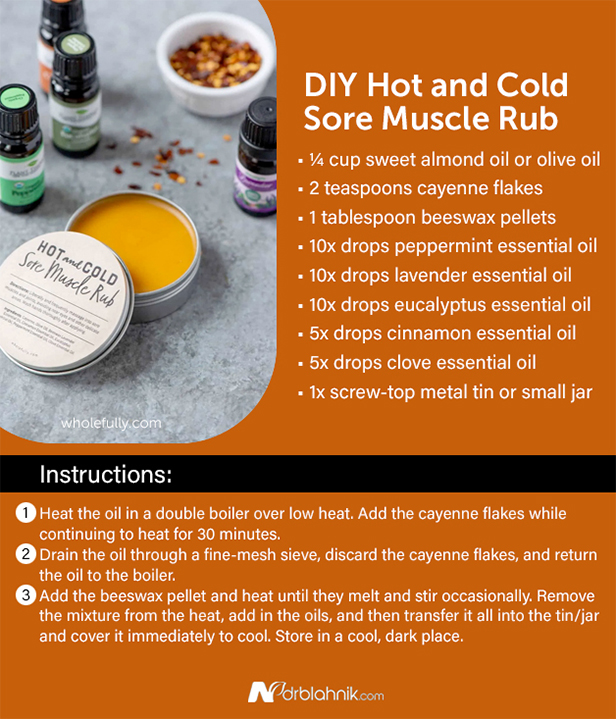
This recipe is a little more complicated to make, seeing as the previous was just a mix of ingredients, whereas this one needs actual cooking. The way it works is by heating with the cayenne, clove, and cinnamon to relax the muscles, while the eucalyptus and peppermint soothe the inflammation once the muscle is relaxed enough to feel the sensations.
Recipe #3
Our third recipe comes from One Essential Community, a beauty and wellness website. This recipe comes from a poster named Sarah, who has strained herself during a workout and needed a way to soothe her muscles after the fact. She claims that her homemade recipe is a deep penetrating salve that works rapidly to alleviate and reduce your soreness. She further lists that it can be used for temporary relief of muscle aches, tense neck and shoulder muscles, backaches, muscle fatigue, and post-workout soreness.
The recipe of her salve calls for:
- 2 tablespoons of beeswax
- ¼ cup coconut oil
- ¼ cup olive oil
- 15x drops wintergreen oil
- 30x drop peppermint oil
- 30x drops lemongrass oil
- 20x drops lavender oil
- 20x drops helichrysum oil
And the instructions:
- Add the beeswax to a heat-safe glass bowl.
- Place the bowl in a pot of simmering water and melt the beeswax over a simmering heat while occasionally stirring for approximately 15 minutes.
- Add the coconut oil to the melted beeswax.
- Add the olive oil and then stir to combine the mixture and melt the coconut oil.
- Once everything is melted, remove the mixture from the heat and allow it to cool for a few minutes.
- After the mixture has cooled, add the remaining essential oils and stir well.
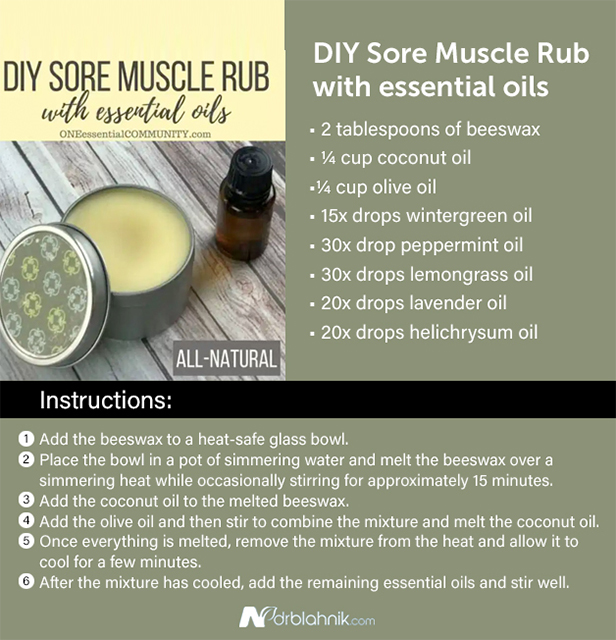
The coconut and olive oil are used as a “carrier” to dilute the oils and making the salve safer to use by reducing the concentration and increasing the efficacy of the salve by improving absorption. The essential oils carry numerous health benefits, with analgesic and cooling effects.
The beeswax soothes the skin while also raising the melting temperature of the salve, allowing it to last much longer in warm spaces. The wintergreen oil provides a cooling and warming sensation, like the combination of ingredients from our second recipe, to numb the muscle and reduce tension. The peppermint oil serves much the same purpose as it does in the second recipe and the evergreen oil in this recipe. The lemongrass oil soothes muscles and tendons, while the helichrysum oil acts as a pain reliever and anti-inflammatory.
The Point of the Joint
Sore muscles are an inescapable part of being human. We will always push our bodies to the limit and cause ourselves strain, causing our bodies to protest with inflammation and pain. Be it from the high-intensity workouts we subject ourselves to so we can keep ourselves in healthy shape and retain an athletic build, or simply sleeping in an awkward position that unintentionally strains our muscles as we rest. Regardless of the cause, we can always take measures to reduce the pain and strain to help us recover faster and then get right back to our regularly scheduled workouts.
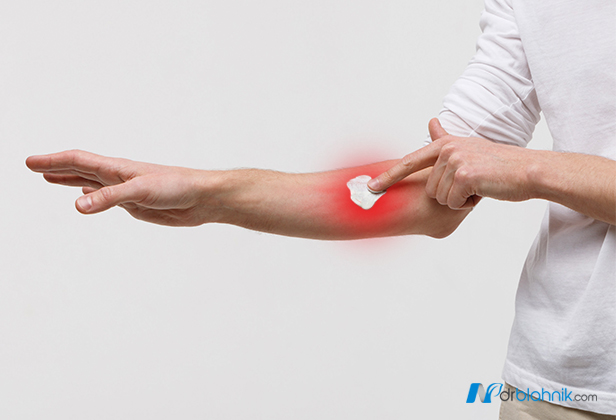
Like with all conditions, we can use mainstream treatment options to maintain our bodies and tend to our pain. Going to your local pharmacy to pick up a bottle of Advil or booking an appointment with a massage parlor to have our muscles professionally soothed are among the more common yet equally expensive options available to us.
If expenses are an issue, you might find yourself better off going to your local grocery store to brew one of these home recipes. Sore muscle rubs, or salves if you prefer, combine naturally occurring ingredients that, even on their own, help alleviate soreness and reduce inflammation into a one-stop shop for soreness relief.
It might seem strange to opt for a homemade remedy over an officially licensed aspirin or medication, but the benefits of natural ingredients can lead to longer-lasting results and even prevent recurring issues as the ingredients naturally strengthen your body. Additionally, some people are instructed to avoid NSAIDs or other pain medications due to kidney or liver issues. In the end, it all comes down to what you prefer, but there is certainly no harm in giving natural salves a shot.
Have you ever tried a muscle rub salve before? What were your thoughts? Be sure to leave us a comment down below with your experiences!

